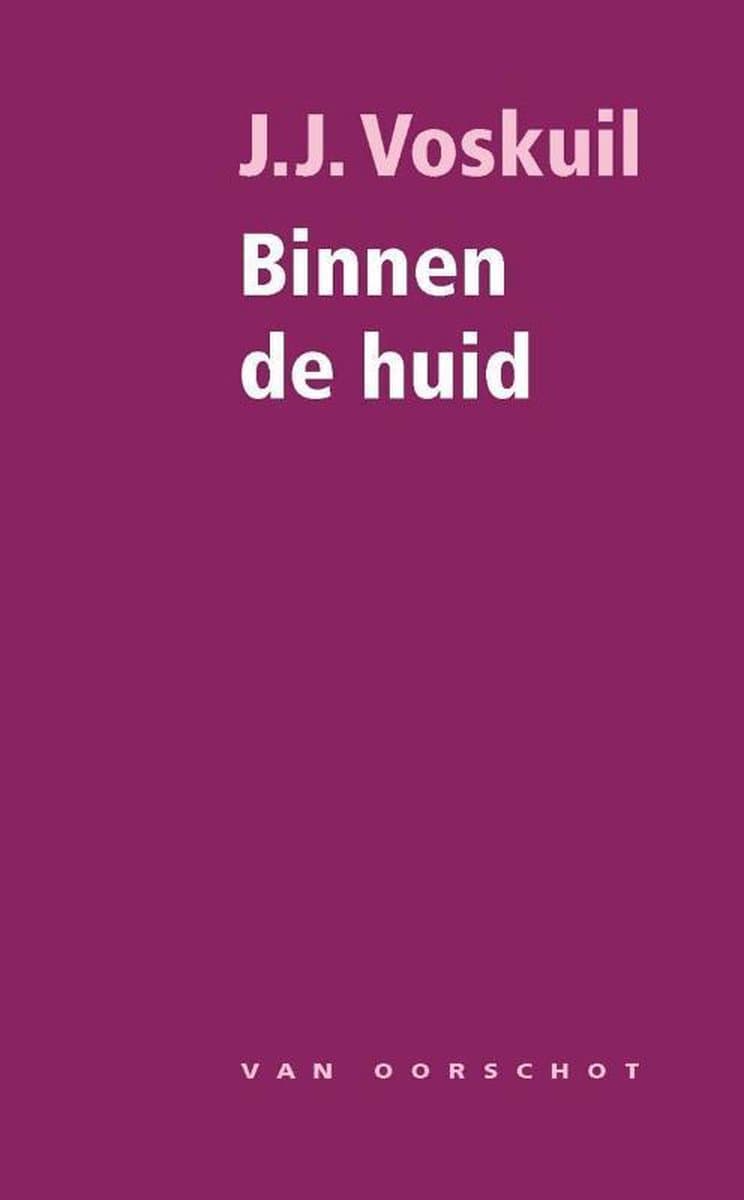Inside the Skin
‘He was in a quandary right to the end,’ writes Lousje Voskuil-Haspers in the foreword to 'Inside the Skin', ‘because of the intimate nature of the book and his not wanting to hurt anyone.’ The author, who died last year, had misgivings about publication and left the final decision to his wife. It is hardly surprising that Voskuil had his doubts or that his wife could not easily decide what to do, since Inside the Skin is a remarkable account of the emotional roller-coaster the author finds himself on when he falls in love with his best friend’s wife. There can be few books in world literature that expose so inexorably the contradictions in the author’s own attitude and feelings. The central character wants to be consistent but is tossed back and forth by his emotions. All this against the background of a 1950s intellectual milieu in which opposition to bourgeois morality appears to be the most important of values.

At the start of the novel Maarten is confronted by his friend Paul’s apparently untroubled decision to live a ‘bourgeois life’. Paul has become a teacher in a provincial town, with a modern house and a child on the way. Maarten and Nicolien resent the fact that he now lives as he does, despite all his talk about ‘resistance’ and ‘Paris’. Nevertheless, Maarten too baulks at following their mutual friend Henriette, who has taken the plunge and moved to Paris. He knows that in the end he will ‘capitulate’ and seek a career. The thing he holds against Paul most of all is his refusal to acknowledge his ‘cowardice’.
Against this background, Maarten falls in love with Paul’s wife Rosalie. It is fascinating to watch how at first Rosalie chiefly annoys him (Maarten and Nicolien see her as the evil genius behind Paul’s bourgeois existence), until he falls for her charms. He wrestles with concepts like loyalty (‘nothing but cowardice’) and longs to act alone, to be tough, a ‘plebeian’, a ‘commercial traveller’ (the opposite of the intellectual in this milieu), but of course an inhibited intellectual is what he remains.
A merciless self-analysis and an indirect but rigorous settling of accounts.
Nederlands Dagblad
Voskuil’s technique, as in his other novels, is to report events, conversations and reactions with great precision. One significant difference between this and the author’s other novels is that Inside the Skin is written in the first person, making it seem closer both to the author and to the reader. It is a painful account, in which the author spares neither himself nor his wife and friends, making his wife’s decision to publish particularly courageous.
A disillusioning look at the constancy of the supposedly deeper things in life, such as emotions, feelings and passionate desires.
De Groene Amsterdammer
